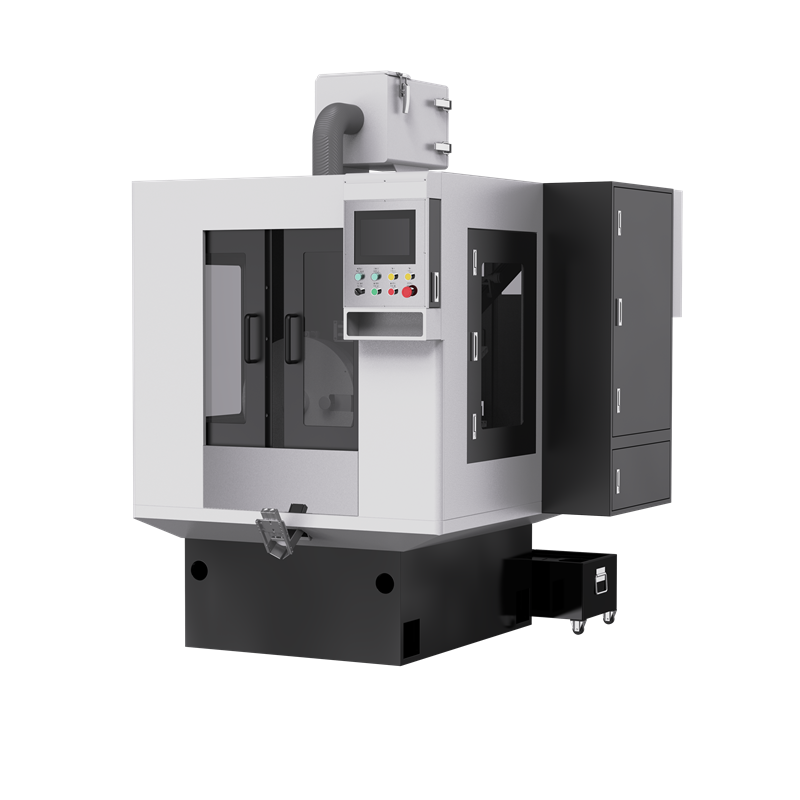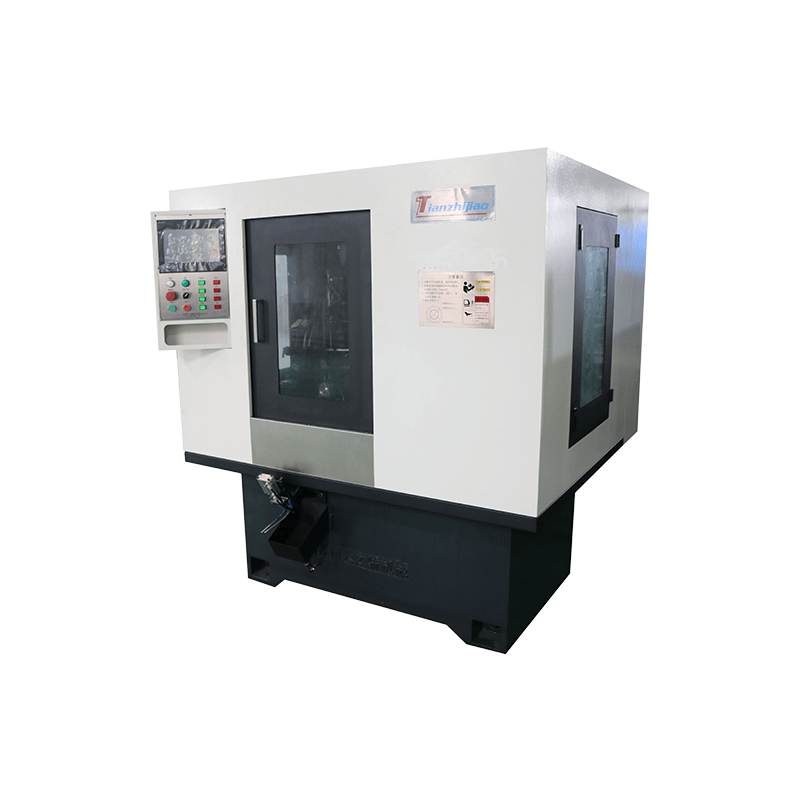© 2019 Suzhou Tianzhijiao Precision Machinery Co.,Ltd. All rights reserved. Site Map Designed by iwonder.cn
In industrial and automotive maintenance, valve grinding machines play a vital role in ensuring the optimal performance and efficiency of engines and machinery. Whether in a factory environment or an engine repair shop, these machines offer precision and consistency in resurfacing valve faces and seats. This article explores the key features that define a valve grinding machine, as well as the essential precautions users must take to ensure safe, effective, and long-lasting operation.
Valve grinding machines are designed to recondition engine valves by removing surface imperfections and ensuring a tight seal between the valve and its seat. This sealing is critical for efficient engine combustion and maintaining compression. The machine uses a rotating abrasive wheel to resurface valve faces or valve seats with precision.
These machines are commonly used in:
Automotive engine rebuilding
Marine engine maintenance
Power generation equipment
Industrial compressors
Aerospace ground support equipment
The grinding spindle is the core of the valve grinding machine. It ensures smooth rotation and consistent pressure during the grinding process. High-end machines are equipped with ultra-precision spindles supported by high-grade bearings to reduce vibration and ensure dimensional accuracy.
To accommodate different valve sizes and angles, modern valve grinders come with an adjustable workhead. This flexibility allows users to set the valve at the correct angle and position for optimal contact with the grinding wheel. Some models also feature self-aligning fixtures to improve operator efficiency.
Advanced machines offer variable speed settings for both the grinding wheel and the valve rotation. This allows for customized operations depending on the material type, valve size, and required finish quality. Variable speed helps minimize thermal distortion and ensures a smoother finish.
A well-integrated coolant system is critical for preventing overheating of the valve and grinding wheel during operation. Coolant not only dissipates heat but also helps flush away grinding debris, improving surface finish and extending the life of the abrasive wheel.
To ensure durability and stability during operation, most valve grinding machines are built with a cast iron or high-strength steel base. The rigid construction minimizes vibrations and improves accuracy over long-term use.
Some of the latest valve grinders come with digital readouts, automatic grinding cycles, and programmable features. These enhancements reduce operator fatigue and human error while improving repeatability, especially in high-volume repair operations.

Valve grinding machines are essential in several industries beyond automotive, including:
Aerospace: Where high-performance engines require exact valve seat matching.
Oil & Gas: For valve maintenance in pumps and compressors.
Marine: For vessel engine overhauls that require reliable sealing.
Manufacturing: Where pneumatic and hydraulic valve systems require precise alignment.
Each of these applications benefits from the consistency and accuracy that valve grinding machines provide.
While valve grinding machines are highly effective, improper use can result in suboptimal performance, equipment damage, or even injury. Below are essential precautions every operator should follow.
Before starting the machine, inspect all components—grinding wheel integrity, spindle alignment, clamping fixtures, and coolant flow. Check for any loose bolts or worn-out parts. Damaged wheels or misaligned components can cause poor finishes or unsafe conditions.
Always wear safety glasses or a face shield to protect against flying debris. Hearing protection is also advisable, as the machine can be noisy. Gloves should be worn when handling valves but removed during actual grinding to prevent them from catching in rotating components.
Different materials require specific grinding wheels. For example, hardened steel valves need harder abrasives like aluminum oxide or silicon carbide. Using the wrong wheel can cause glazing, overheating, or excessive wear on the grinding surface.
Regularly check and maintain the coolant reservoir. A dry grinding operation can overheat both the valve and the grinding wheel, causing surface burns, warping, or even cracking. Clean or replace coolant filters to ensure unobstructed flow.
Operators might be tempted to apply excessive pressure to speed up grinding. However, this can cause uneven wear, vibrations, and poor surface finishes. Always let the abrasive wheel perform the cutting action with minimal manual force.
Each valve grinding machine has specific operation protocols. Whether it’s regarding the speed settings, recommended wheel types, or maintenance intervals, adhering to the manufacturer’s instructions ensures both safety and longevity of the equipment.
Like any precision equipment, valve grinders require periodic calibration to maintain accuracy. Lubricate moving parts, replace worn wheels, and check alignment tools. Scheduled maintenance not only enhances performance but also prevents unexpected breakdowns.
Store grinding wheels in a dry, vibration-free area and handle them carefully. Improper storage or handling can lead to internal cracks that may not be visible but can cause wheel failure during use.

Understanding how to address minor problems can prevent larger mechanical failures.
Chatter Marks: May result from loose workholding, imbalanced wheels, or inadequate spindle bearings.
Overheating: Often caused by insufficient coolant or excessive pressure.
Uneven Grinding: Can result from worn grinding wheels or improper valve positioning.
Burned Valve Faces: Caused by high-speed dry grinding—often remedied by slowing down and increasing coolant.
Timely identification and correction of these issues can help maintain machine integrity and deliver consistent results.
The valve grinding machine is a cornerstone in engine repair and valve maintenance, offering precision, speed, and reliability. Its features—from robust construction to variable speed and cooling systems—enable accurate valve resurfacing for high-performance requirements. However, the machine must be handled with care. Proper training, adherence to safety protocols, and consistent maintenance are key to ensuring optimal performance and extended machine life.
As industries continue to rely on the dependable performance of engines and high-pressure systems, valve grinding machines will remain an indispensable asset. By understanding both the features and the precautions associated with this equipment, operators can maximize productivity while minimizing risk and wear.
By continuing to use the site you agree to our privacy policy Terms and Conditions.